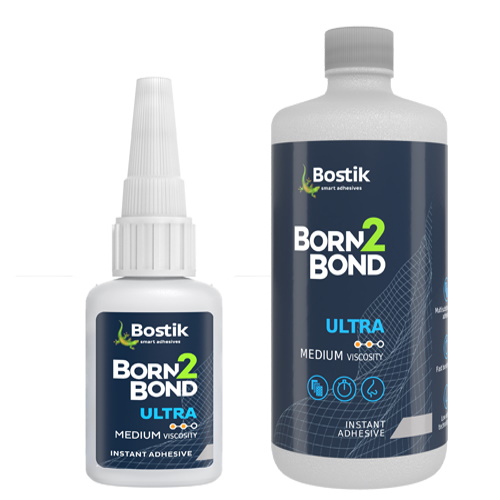We fell upon on this article in The Sun today: Idiot Insulate Britain eco-mob using harmful superglue that’s TOXIC to environment to plaster themselves to roads. We are not habitual readers of this newspaper; perhaps this article is a good example why, as it is hyperbolic, hysterical, inaccurate and badly written. It does inspire us to put a few superglue facts out there!
- “Superglue” is a generic name for cyanoacrylate adhesive. We use the abbreviation “CA” for them. The “cyano” part of the name does refer to cyanide, which is used in the manufacturing process, but it’s not present at all in the adhesive you have in the bottle.
- Cyanoacrylate adhesives do not contain any solvents.
- CAs are quite benign in their cured form. They can be tested to be non-cytotoxic (under ISO 10993) and are used for bonding together medical devices. They are also the basis of adhesives used for eyelashes and fingernail bonding.
- Recent advances have made CAs less hazardous to the environment and health. For example, the Born2Bond Ultra series of cyanoacrylate adhesives have no warning labels on the containers.
- Yes, a cured CA is a plastic. There are adhesives made from “natural” materials, like animal glue or hide glue; these glues are primarily used in things like artisanal musical instrument making. They are biodegradable. But they do not have the performance that our assemblies require to stand up to what the world will throw at them; the weather, for example. So we need to consider using synthetic adhesives for many assembly applications.
- Cyanoacrylate adhesives do have some some eco advantages versus other adhesives. They don’t require any extra energy to cure, like heat or light. And they perform best in small quantities and thin layers, so there is less plastic to worry about when recycling.
 Born2Bond Ultra cyanoacrylate adhesives do not require hazardous warning labels on the bottles
Born2Bond Ultra cyanoacrylate adhesives do not require hazardous warning labels on the bottles
- One feature of cyanoacrylate adhesive is that is does bond skin (not permanently). But if you were an eco-mob protestor, we wouldn’t recommend using an industrial or consumer cyanoacrylate adhesive for bonding your face onto the tarmac. Skin bonding CAs use different monomers to make them safer for use in fixing minor wounds in A&E departments. Finding a 100% green adhesive which will do a good job of adhering you to gates and roads is tricky. We’ll let you know if we find one.
Posted by Peter Swanson
Peter is the Founder and Executive Chair of Intertronics. He is mostly involved in strategy, recruitment and helping out the Marketing team.
Who's Peter?Categories: cyanoacrylate adhesives, insights
